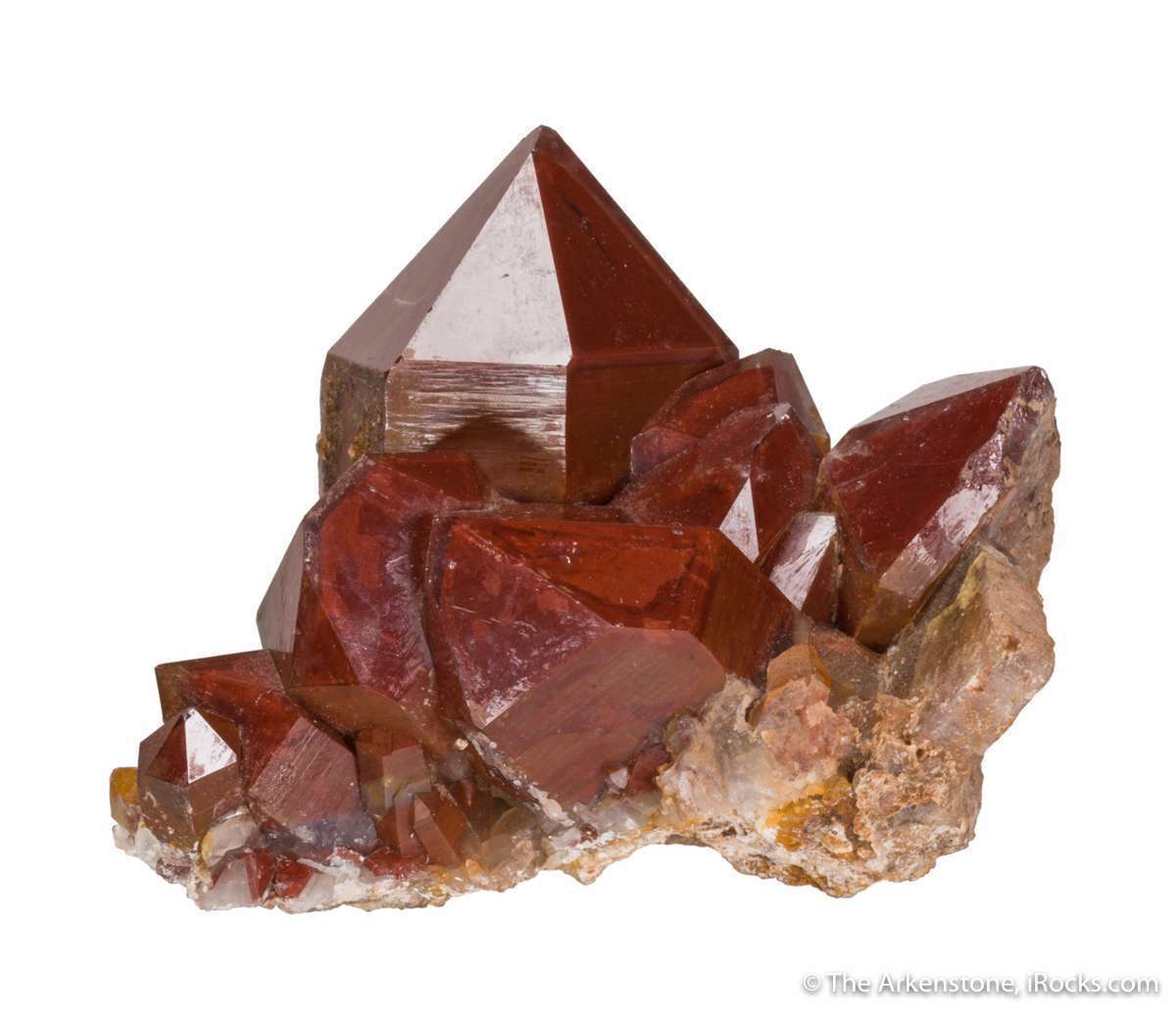
Descriptive Crystallography for Gemologists
Crystallography is the study of crystalline solids. Learn the most common terms gemologists use to describe the structure of crystal gems.
2 Minute Read
Crystal Systems Review
When crystals form, their atoms and molecules lock together in periodic arrays, much like three-dimensional wallpaper patterns. These arrays have various types of symmetry, so gemologists classify them into six major crystal systems:
Mineralogist consider the trigonal subclass of the hexagonal system as a seventh crystal system.
Each crystal system is defined in terms of crystal axes and angles.
- Crystal axes are imaginary lines in space between the sides of the crystals. They intersect at a common point, and their lengths may be described as equal or unequal to each other.
- The crystal axes intersect each other at various angles, which further describe the crystal systems.
Terms such as octahedral (8-sided) and dodecahedral or pyritohedral (12-sided) are sometimes used to describe forms characteristic of specific crystal systems.
For more information on crystallography, see our article on crystal systems and mineral habits and our table of gems ordered by crystal system.
Descriptive Crystallography Based on Crystal Structures
Descriptive crystallography uses additional terms to describe the crystal structures — habits and forms — exhibited by various mineral species. The following are some of the most frequently used descriptive terms.
Prismatic
Crystals that form in a prismatic structure have well-developed, elongated, prism-like crystal faces.
Bladed
A bladed crystal has slender and flattened blade-like formations rather than prism-like faces.
Acicular
Acicular crystal formations feature slender, possibly tapered, needle-like crystals.
Filiform
Filiform crystals are hair-like and extremely fine.
Equant
Sometimes referred to as stout crystals, equant crystals have lengths, widths, and breadths roughly equal in size.
Pyramidal
Crystals that form pyramidal structures resemble single or double pyramids.
Tabular
Tabular formations feature a tablet shape with crystals slightly longer than wider.
Descriptive Crystallography Based on Aggregation States
Crystallography uses other terms to describe crystals based on their aggregation states. These terms include the following.
Massive
A solid, chunky aggregate without noticeable crystalline shape (although the material is composed of crystals). This term refers to the aggregate's outward appearance, not its size.
Botryoidal
A cluster of round, grape-like aggregates.
Compact
A dense, solid aggregate.
Cleavable
Denotes a crystalline mass that can be cleaved.
Granular
Comprised of a mass of compact grains.
Stalactitic
Describes aggregates that resemble stalactites.
Oolitic
Aggregates comprised of masses of spherical grains.
Earthy
Aggregates made of masses of densely packed powder.
Descriptive Crystallography and Gem Formation
A mineral's growth process and formation environment largely determine its appearance. For example, minerals that form in sedimentary environments tend to be earthy, stalactitic, oolitic, and sometimes massive. On the other hand, igneous minerals tend to be crystalline or massive, sometimes cleavable.
Although these terms are somewhat subjective, they give gemologists a mental image of a mineral's appearance as it occurs in the Earth.
Related Articles
Evaluating Gem Color: Hue, Tone, and Saturation
How Old Is My Zircon?
Turquoise Care Guide
Jade Toughness and Care
Latest Articles
800 Years of Mogok: A Celebration in Tenuous Times
What is the Average Gemstone Faceting Yield?
Pyroxmangite Value, Price, and Jewelry Information
How to Identify Emerald Simulants and Synthetics
Never Stop Learning
When you join the IGS community, you get trusted diamond & gemstone information when you need it.
